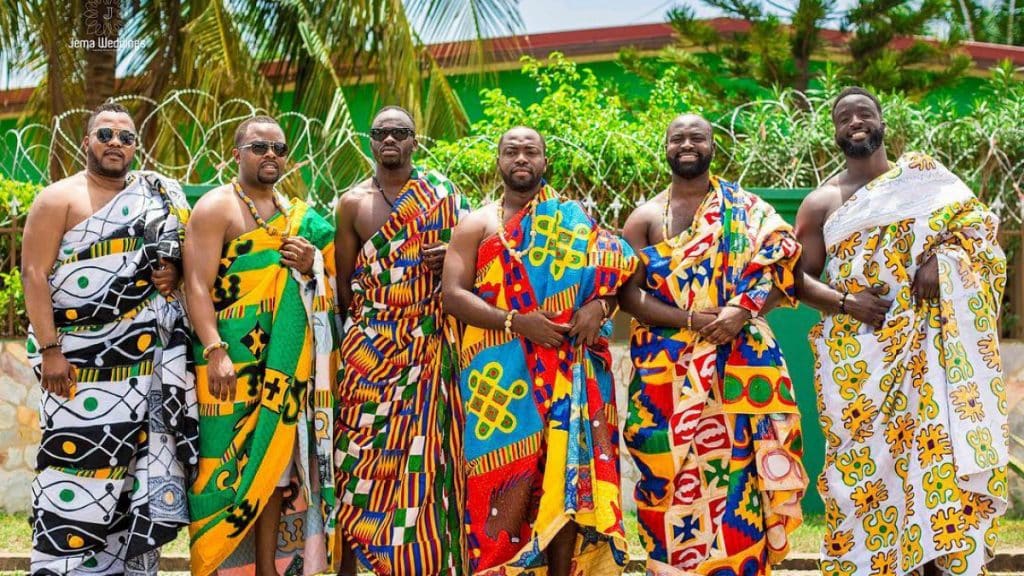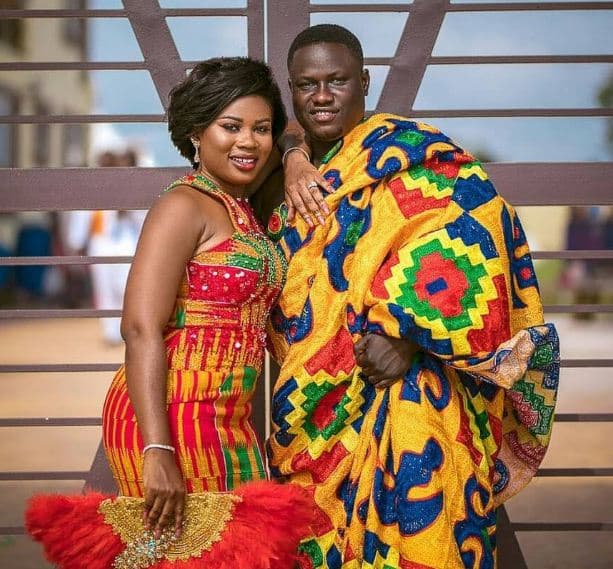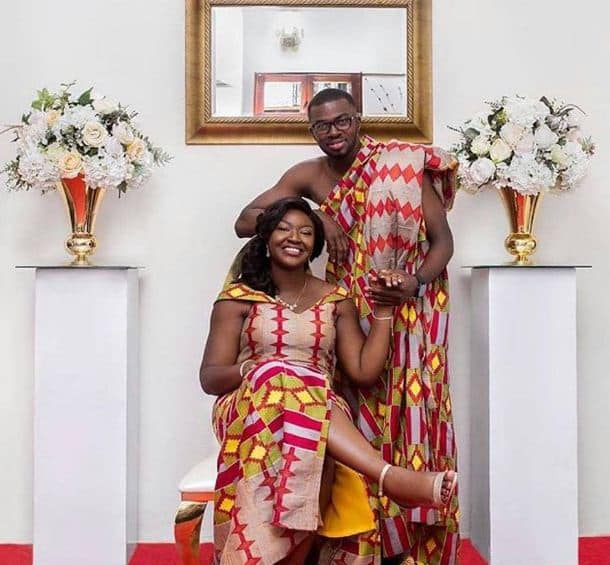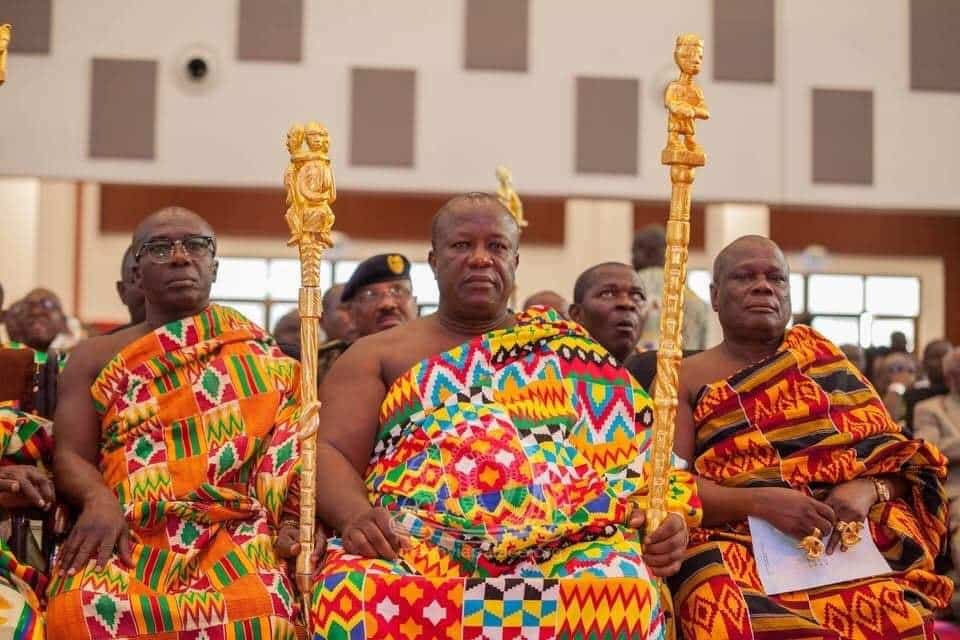Kente cloth is a type of textile that originated from the weaving traditions of Ghana, a West African country.
The practice of textile weaving has been a part of West African cultures for thousands of years. One of the most well-known and revered textiles in Ghana is kente, which may have originated from various weaving traditions that were present in the region prior to the 11th century. Archaeological discoveries of spindles, whorls, and loom weights during local excavations serve as evidence for this claim.
During the rise of the Ashanti Empire in the 18th century, kente became popular among Akan royalty, and by the early 19th century, master weavers and kente houses could be found all over the Ashanti capital of Kumasi. Kente is derived from the word “kenten,” which means “basket” in the Asante dialect of the Akan language, and refers to its basket-like pattern. The Akan ethnic group in Ghana also refers to kente as “nwentoma,” which means “woven cloth.” According to Ashanti folklore, weavers created kente by attempting to imitate the intricate patterns of Anansi the spider.

Kente is made of handwoven strips of silk and cotton, as well as other materials, and has been traditionally worn by royalty from ethnic groups such as the Ashanti and Ewe. Today, it is also worn by Queens, princesses, and other Dagbon women for special occasions. The wearing of kente cloth to commemorate special occasions has become a common practice in Ghana, with master weavers leading highly sought-after kente brands.
Due to the popularity of kente cloth patterns, a mass-produced variation known as kente print has become well-liked in the West. It is utilized internationally in the creation of academic stoles for graduation ceremonies.

Authentic kente cloth is the most expensive, while kente print varies in price depending on the production style. Kente production can be classified into three categories: authentic kente cloth made by traditional weavers, kente print produced by brands such as Vlisco and Akosombo Textile Ltd.
Weaving kente is traditionally considered a male practice, and weavers are typically apprenticed under a master weaver or company for a number of years before producing their own patterns. There are hundreds of different kinds of kente patterns, each with a name or message by the weaver. Ghanaians choose kente cloths as much for their names as their colors and patterns.

The cloth symbolizes high value and is identified primarily by the patterns found in the lengthwise (warp) threads, although there is often little correlation between appearance and name. Names are derived from several sources, including proverbs, historical events, important chiefs, queen mothers, and plants. The designs and motifs in kente cloth are traditionally abstract, but some weavers also include words, numbers, and symbols in their work.
READ NEXT ON: History of Kwame Nkrumah University of Science & Technology (KNUST)






































